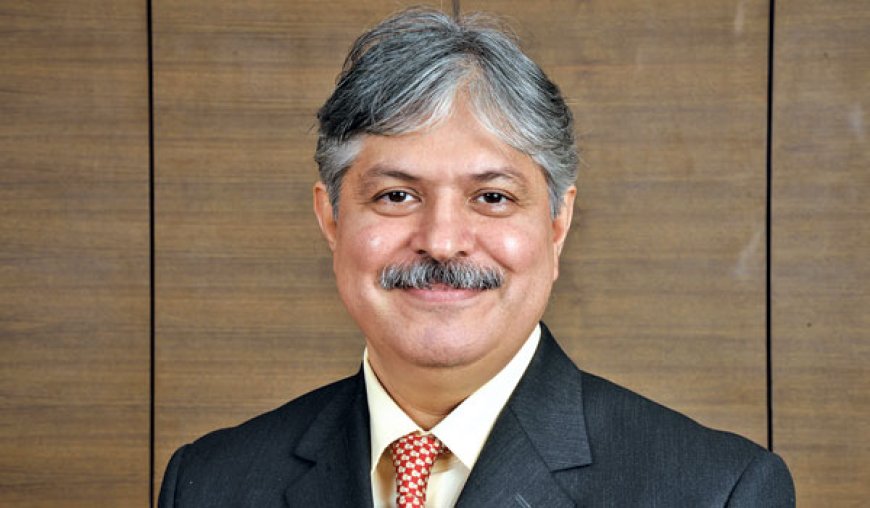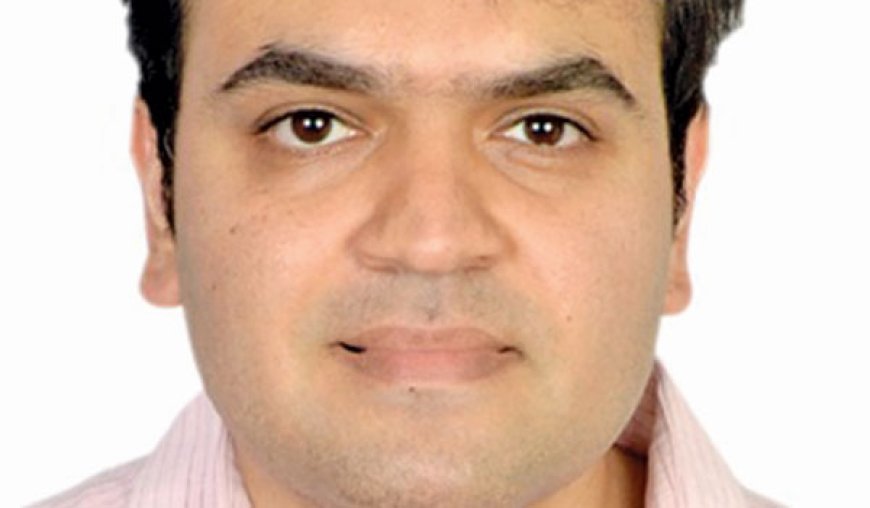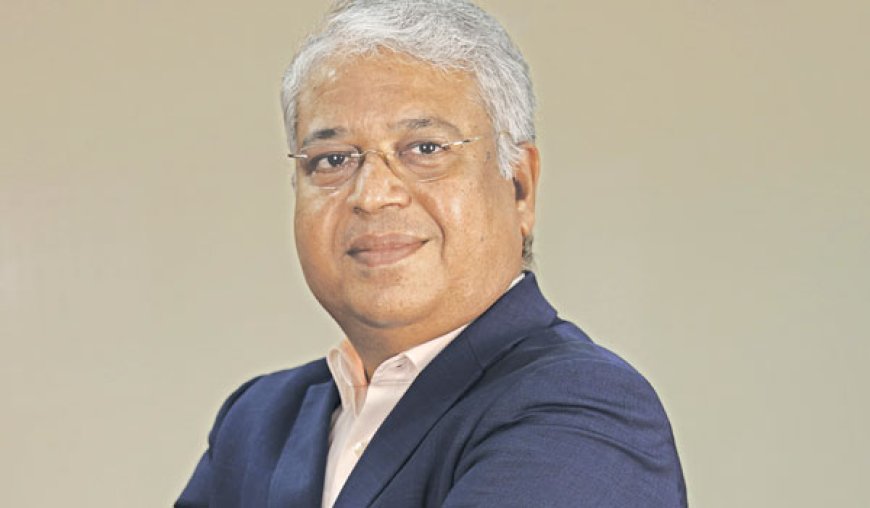A CONCRETE FUTURE
The increasing construction activities in infrastructure and real estate sectors is going to further enhance the demand for cement and concrete in the coming years. Construction Times finds out the growth trend.
The global construction industry has witnessed a steady growth in 2023 with the China, India and Asia-Pacific markets in general leading the trend. The global construction work is largely driven by the construction markets of China, the US and India. While there is a slow growth outlook in the US market, the Chinese construction market is expected to bounce back by 2025. India is projected to be the fastest growing construction market globally.
Cement and concrete market
Analysis by Fitch Ratings and CareEdge Research ind icate a robust growth trajectory, projecting 6-8 per cent increase in cement demand in India in the next fiscal. The housing sector, representing a substantial portion of the market, continues to be a key driver, supported by ongoing investments in roads and infrastructure projects. According to Ajay Kapur, CEO, Cement Business, Adani Group, the construction sector's resilience, particularly in semi-urban and rural areas, is poised to provide additional impetus to cement and concrete demand. “Concrete usage will substantially go up in view of tall buildings in major cities due to urbanisation, concrete road projects and rural infra projects,” he adds.
icate a robust growth trajectory, projecting 6-8 per cent increase in cement demand in India in the next fiscal. The housing sector, representing a substantial portion of the market, continues to be a key driver, supported by ongoing investments in roads and infrastructure projects. According to Ajay Kapur, CEO, Cement Business, Adani Group, the construction sector's resilience, particularly in semi-urban and rural areas, is poised to provide additional impetus to cement and concrete demand. “Concrete usage will substantially go up in view of tall buildings in major cities due to urbanisation, concrete road projects and rural infra projects,” he adds.
Demand drivers

The various mega government programmes in infrastructure and real estate sectors are the major demand drivers of cement and concrete. The anticipated future demand for cement and concrete signals significant growth, particularly in India, the world's second-largest cement producer. “It is expected that the cement production will rise by ~6-8 per cent in the fiscal years 2023 and 2024, i.e., driven by the strong demand from the India's housing sector. The housing sector alone consumes 60-65 per cent of the India total cement consumption. Also, the large investments in road and highway projects of the Government will play a key role in boosting the demand for cement,” says Vishal Kanodia, Founder and Managing Director, Kanodia Group.
Ready-mix concrete

The Ready-Mix Concrete (RMC) segment is witnessing a robust upswing in demand, primarily fuelled by the government's emphasis on bolstering infrastructure development. Urbanization plays a pivotal role in this surge, with projections indicating a rise in India’s urban population to 542.7 million by 2025, reflecting a notable uptick from 518 million in 2023. “Notably, India is undergoing a transition from manual and site-mix practices to ready-mix concrete, which has consistency in product quality and supply. The consumption of cement through RMC is going to increase in the coming years due to an increase in high-rise residential projects and Projects of National Importance,” highlights Prashant Jha, Chief Ready-Mix Concrete (RMX) and Modern Building Materials (MBM) Officer, Nuvoco Vistas Corp.
Precast solutions

The global demand for concrete precast products is influenced by population growth and urbanisation trends. As more people move to urban areas, there is an increased need for infrastructure and housing, driving demand for precast products to save time, cost and environmental impact. The demand for concrete precast products is closely tied to large scale infrastructure development projects such as roads, bridges, airports, and other public works globally. According to Krishan Mohan Sharma, Head of India Operations, Vollert India, government initiatives such as Smart Cities and Housing for All contribute to the demand for precast concrete products in India. “As green building practices gain prominence, there's an opportunity for precast concrete for its sustainability and energy efficiency,” he adds.
Vollert offers a range of latest technologies in precast concrete. Some of these include advanced formwork systems like 3D Pod Moulds, size adjustable column beam mould, tilting tables, flexible staircase moulds etc. Also offered are automated efficient production processes, and innovative solutions for precast elements such as circulation plants, central shifter plants, TCT production line, MOTUS, Railways concrete sleepers etc.

Suraksha Group has set up a captive precast factory dedicated to serving its extensive housing project, Suraksha Smart City in Vasai. “The decision to create this captive unit followed thorough research and planning, considering aspects such as design, volume, repetitions, ductility, leakage factors, and cost. The primary drivers for adopting this technology were the acceleration of large-scale construction in a controlled environment, aiming for superior quality output, and minimising labour management at the erection site,” says Jash Panchamia, Management, Suraksha Group.
Concrete equipment and technologies

The growing construction activities will also push the growth of concrete equipment and technologies. With projects becoming larger and complex, advanced high capacity plants and equipment are being used currently to meet the emerging demands. “In the dynamic landscape of growing construction activities, where cement and concrete play a pivotal role, Schwing Stetter India envisions substantial opportunities for our cutting-edge equipment and technologies. Aligned with our commitment to innovation, sustainability, and customer satisfaction, our products cater to the diverse requirements of the market, providing reliable and efficient solutions for concrete preparation, placement, transportation, and recycling,” says V G Sakthikumar, CMD, Schwing Stetter India.
World of Concrete 2024
With the construction activities growing exponentially across the globe, there is a pressing need for new improved technologies and solutions for concrete preparation, placement, transportation, and recycling. The World of Concrete 2024 in its Golden Jubilee edition will act as the right platform to meet these growing demands.

For the past half-century, World of Concrete has showcased the introduction of machine technology into finishing and pumping, advances in material technology that yield more sustainable concrete and durable concrete mixes, and business and design software that allows contractors to be more efficient. “World of Concrete remains the industry’s global focal point of innovation. Our exhibitors will unveil hundreds of product introductions and upgrades to proven technologies. There are two ways to view what is new at this year’s show,” says Rick Yelton, Editor-at-Large, World of Concrete.
Looking ahead
According to Kapur, the anticipated future demand for cement and concrete signals significant growth, particularly in India, the world's second-largest cement producer. “The market size of the industry is expected to reach 4.83 billion tonnes by 2028. The sector is primed for expansion, propelled by global urbanisation, infrastructural development, and a surge in construction activities,” he concludes.












